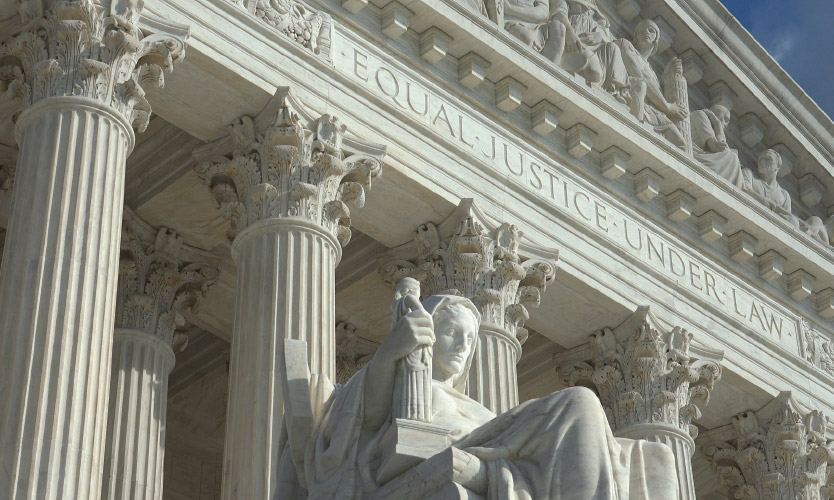Pandemic-related securities lawsuits evolve
- October 19, 2025
- Posted by: Web workers
- Category: Finance

The far-reaching consequences of the COVID-19 pandemic, which upended life for so many, also extend to corporate boards and the liability concerns of directors and officers.
While COVID-19-related lawsuits targeting publicly traded companies have largely been unsuccessful, organizations still face directors and officers liability exposures linked to the pandemic, experts say.
“We were seeing publicly traded companies being sued for a number of things, such as misinformation, especially in the beginning of the pandemic,” said Michaelene Cody, policyholder counsel, executive liability practice, at Hub International Ltd. in Los Angeles.
An example was a suit filed against Norwegian Cruise Lines, “which, as far as class actions, was a big one,” she said.
The securities class-action lawsuit, filed March 12, 2020, alleged that the Miami-based cruise company made false and misleading statements — some of which had been leaked to the Miami Herald — to encourage the purchase of cruises, jeopardizing customers and crew members. The complaint also noted that the company’s share price dropped a dramatic 26.7%.
As has also been the case with several other coronavirus-related class actions, the case was dismissed, with the court ruling that the company’s statements were “corporate puffery.”
While a flood of D&O lawsuits was expected to result from the pandemic, “We’ve been pretty surprised,” said Christopher Vlasich, assistant vice president, financial lines and liability, North America claims, at Allianz Global Corporate & Specialty, a unit of Allianz SE, in Chicago. “We’ve seen fewer COVID securities class actions and fewer lawsuits as a whole than we would have expected.”
There were 291 securities class actions filed in 2019, “which was the highest we have on record,” he said. After nine months of the pandemic, in 2020 only 219 were filed. “We expected it to be close to 2019 if not higher,” Mr. Vlasich said. “Last year, in 2021, a full COVID year, there were only 194 claims filed.”
The number of class actions was expected to be higher, partly because multiple bankruptcies and insolvencies were anticipated as a result of lockdowns that followed the outbreak of COVID-19 in the United States in March 2020 and other economic consequences. “But we have not seen a bankruptcy explosion,” Mr. Vlasich said. “Public companies have been far more resilient than I expected.”
Of the COVID-19-related securities class actions filed so far, “We don’t have that many rulings yet,” Mr. Vlasich said. In those cases that have been decided, companies generally have been coming out ahead.
“The courts tend to be ruling in their favor, saying that they can’t be reasonably expected to predict a global pandemic,” Mr. Vlasich said.
Going forward, however, things could change as staffing and supply chain issues heat up. Diminished talent retention in the workplace “can lead to lawsuits and litigation among companies and between employers and employees. These can be large-scale lawsuits,” Ms. Cody said.
Even under the best circumstances, “it would be difficult to change your supply chain processes and procedures,” Mr. Vlasich said, “but adding staffing issues will make it even more complicated.”
Allegations vary in the D&O COVID-19-related litigation that has been filed, said Sarah Downey, managing director at Lockton Cos. LLC in New York.
Companies can face claims they misrepresented or failed to disclose risks associated with COVID-19, failed to prepare adequately to deal with the pandemic, made false statements about how it affected business operations, and misrepresented how a “return to normal” could affect their business, she said.
Ultimately what leads to D&O litigation or securities lawsuits filed against a company by shareholders is “any time the company misses its numbers,” said Adrian Atilano, executive liability practice leader at Hub California, a unit of Hub International.
Other pandemic-related issues, such as supply chain or staffing difficulties, could also lead to D&O-related litigation, which often hinges on a fall in stock price after an event, he said.
D&O insurance pricing
While pricing for D&O insurance climbed dramatically in 2020 and parts of 2021, that market is easing as more insurers enter it, Mr. Atilano said.
“It’s basic economics — supply and demand,” he said, noting that as of November 2020, about 20 new markets have entered the sector. “Why are they here? Because they liked the pricing and felt it was a good time to jump in.” The result is that the added competition has created an overall flattening in D&O prices.
While some new companies have been formed, most of the insurers entering the D&O market “are companies that have been around, offering products like workers compensation and property, and now are diving into D&O liability,” he said.
This website states: The content on this site is sourced from the internet. If there is any infringement, please contact us and we will handle it promptly.



